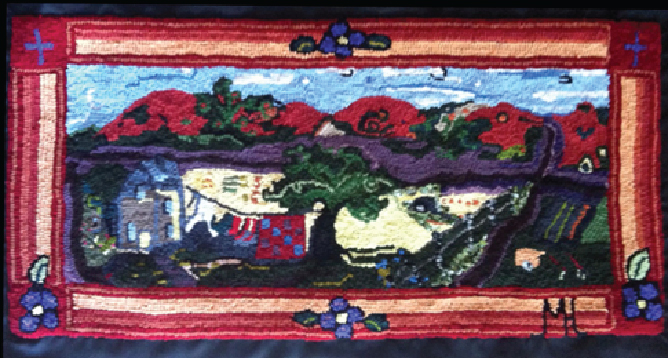Clearing the Road Allowances: Métis Responses to State Intervention and Removal in the Twentieth Century
Dr. Cheryl Troupe

This project explores Métis experience in Saskatchewan road allowance communities to the mid-twentieth century using oral histories, archival research, and HGIS research methodologies. It uses deep-mapping to investigate Métis displacement, dispossession, and relocation, including movement to government-sponsored social rehabilitation projects and urban centres. Deep-mapping is the digital collection and layering of different data types to map the narrative meanings embedded in specific places. It can represent multiple perspectives where the land acts as a mnemonic device, connecting individual stories, family photographs, memories, and material artifacts to specific landscapes and places expressed spatially and visually.
This research raises Métis voices and reveals a narrative of resilience, resistance and growing political consciousness as Métis adapted to new social, economic, and political environments. It uncovers a process of intentional community formation and dispersals across Saskatchewan, including how Métis used gaps and spaces in the colonial survey system to find land to live on, remain within familiar territory, and challenge intervention in their lives by provincial and municipal governments. Perhaps most importantly, this work recasts road allowance communities not as marginal or liminal places but as spaces where families, language, and cultural practices remain strong.
